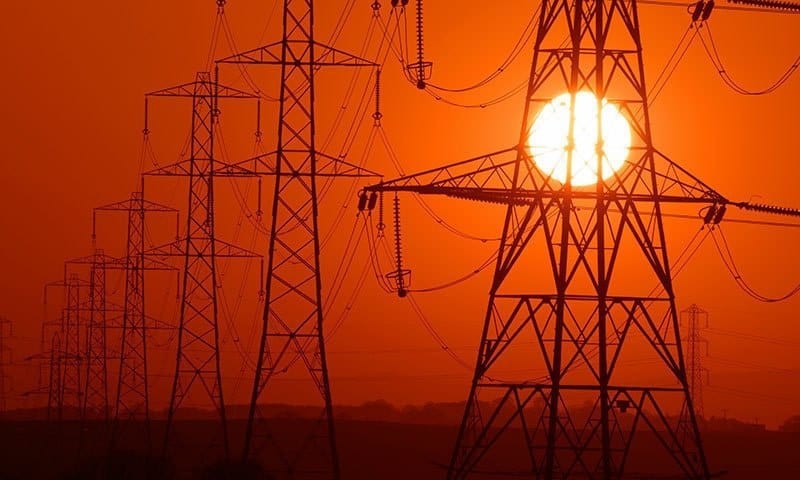Paris, France – Global government spending to support clean energy has increased by over $500 billion since March as the global energy crisis spurs new policies aimed at cutting reliance on fossil fuels, the IEA’s tracking of measures around the world shows.
The increase brings total amount of investment support that governments have allocated to clean energy since the start of the COVID-19 pandemic to $1. 215 billion, according to the latest update of the IEA’s Government Energy Spending Tracker, which encompasses 1 600 government financial measures from 67 countries passed since March 2020.
This government spending is set to mobilise substantial flows of private investment, which based on today’s policy settings would raise global clean energy investment by another 50 percent to over USD2 trillion annually in 2030.
“The responses from governments to the crisis are going in the right direction,” IEA Executive Director Fatih Birol said. “The unprecedented financial support we are seeing for clean energy transitions is improving energy security and dampening the impact of high fuel prices on customers. But there are worrying geographical imbalances, with many emerging and developing economies at risk of being left behind if the international community does not step in to help them mobilise much more clean energy investment.”
Advanced economies account for nearly 95 percent of the clean energy investment support that has been allocated worldwide since the start of the pandemic. Emerging and developing economies have directed their more limited resources to short-term measures to keep transport, electricity and cooking fuels affordable.
The largest increases in clean energy investment in the past year result from the Inflation Reduction Act in the United States and by measures enacted by several European countries. The majority of these funds are earmarked for low-carbon electricity and incentives for energy efficiency improvements in buildings and industry. Low-carbon transport infrastructure follows closely behind, particularly high-speed rail.
In addition, governments around the world have spent a further $630 billion in efforts to protect households and businesses from rising energy bills since autumn 2021. Only about 35 percent of the short-term affordability measures the IEA has tracked were targeted toward households most in need of support or businesses most exposed to the effects of high energy prices. Without better targeting, new affordability measures will further contribute to rising levels of government debt.
Even with these government support measures, access to affordable energy in the developing world is shrinking as a result of the crisis. The IEA estimates that 75 million people who recently gained access to basic energy services can no longer afford them. And for the first time since the IEA started tracking it, the total number of people worldwide without electricity access has started to rise.







